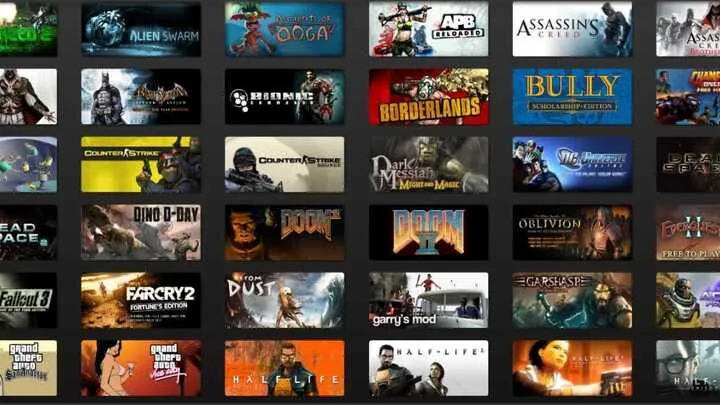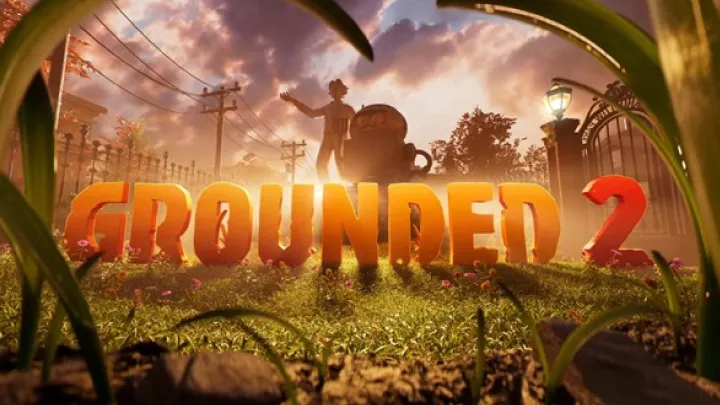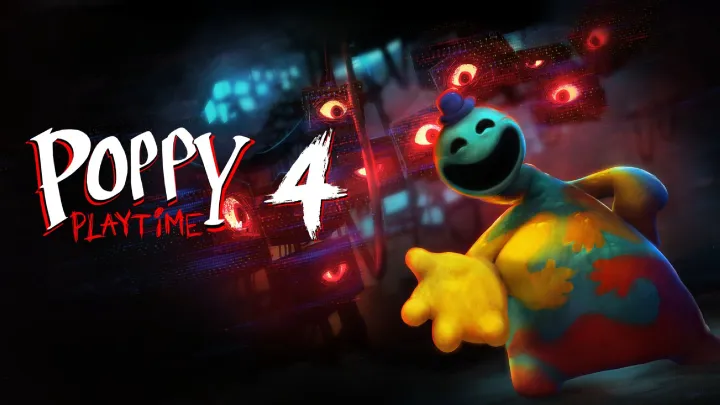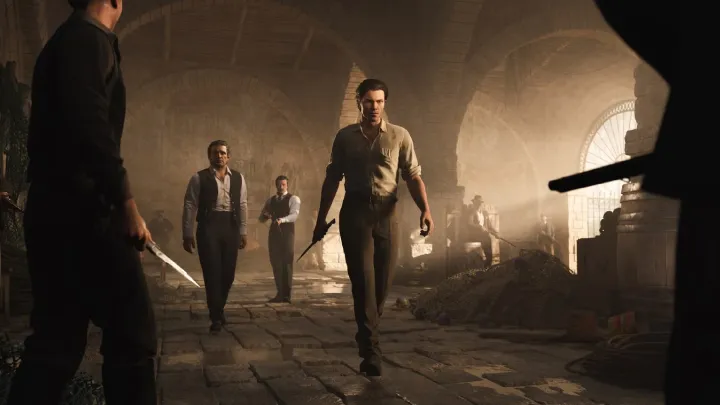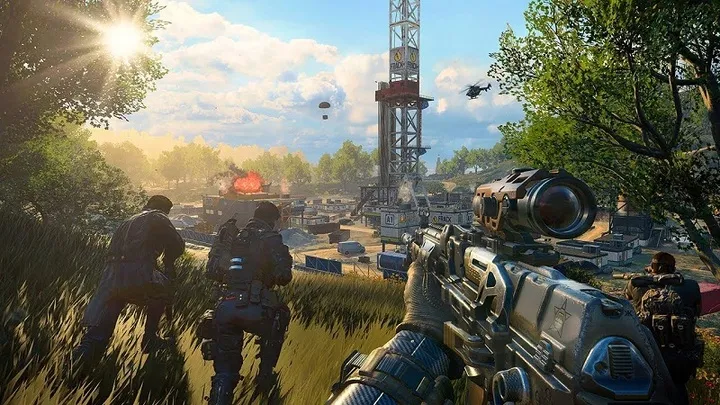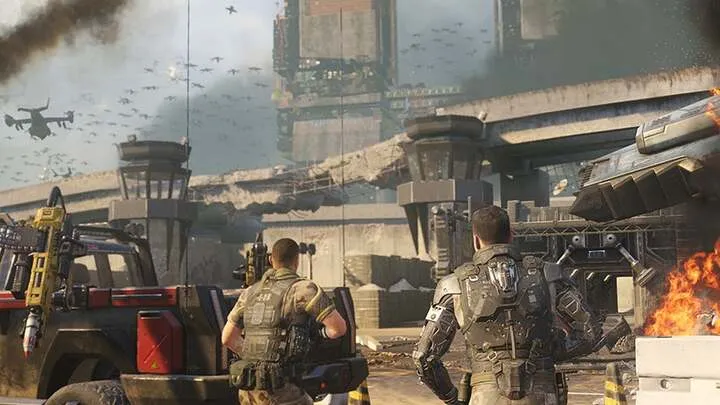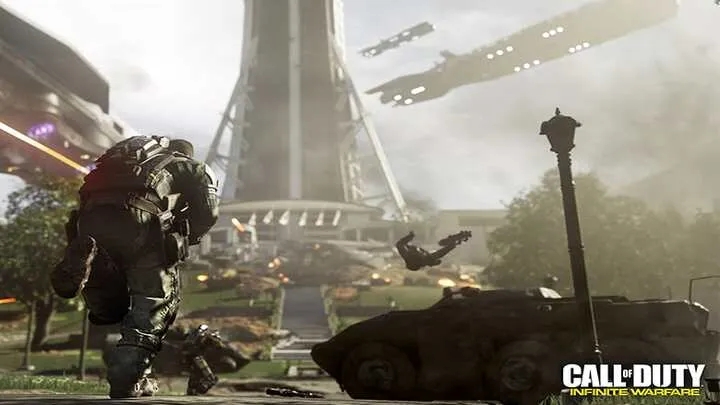Introduction
Call of Duty: Black Ops 6 marks the return of one of the most influential shooter franchises in gaming history. Unlike its predecessors, this installment doubles down on player-driven storytelling through branching campaign choices, a mechanic that has sparked heated discussion among fans and critics alike. While the game’s multiplayer and Zombies mode receive their share of attention, the single-player campaign’s choice-driven system introduces both innovation and controversy. Some players praise its depth and replay value, while others argue it dilutes the linear, cinematic storytelling that defined earlier entries. In this article, we will deeply explore how the campaign choices in Black Ops 6 impact immersion, pacing, and overall narrative satisfaction, following the journey from early missions to endgame consequences.
The First Encounter with Choice – A New Direction
From the opening mission, players immediately sense that Black Ops 6 wants to redefine the single-player Call of Duty experience. Instead of guiding players through tightly scripted sequences, the game presents decision points that alter character relationships, mission outcomes, and story branches.
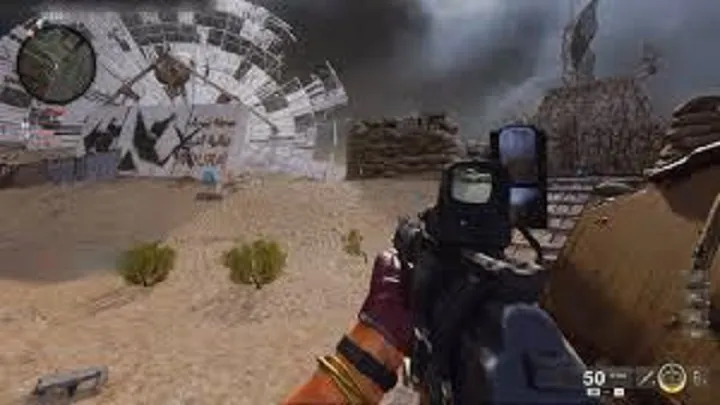
This shift represents a bold departure. Historically, Call of Duty campaigns thrived on blockbuster spectacle, giving players limited control over narrative progression. By integrating choice, Black Ops 6 aims to blend cinematic intensity with RPG-like flexibility. The result is intriguing but polarizing.
Early Campaign Decisions – Small but Meaningful
In the campaign’s first half, choices often appear subtle. Players may decide whether to save an ally under fire, interrogate a target with brutality or diplomacy, or select between multiple infiltration strategies.
Examples of Early Campaign Decisions
- Choosing stealth infiltration versus direct assault.
- Sparing or eliminating secondary characters.
- Dividing resources between objectives.
These small choices do not immediately seem impactful, but they shape dialogue, trust between squad members, and the tools available in later missions. The early campaign thus teaches players that every action echoes in future encounters.
The Ripple Effect – Building Narrative Tension
As the campaign progresses, the ripple effects of early decisions become clearer. Characters respond differently based on past interactions, sometimes offering help or withholding support. Entire missions may shift in tone depending on prior choices.
For instance, a spared character may provide vital intelligence later, while a killed one removes that opportunity. The tension of not knowing how choices will play out elevates immersion but also adds pressure, as players fear missing key narrative branches.
The Mid-Campaign Fork – Diverging Paths
The middle section of Black Ops 6 presents its first major narrative fork. Players are forced to commit to one of two opposing missions, each representing a different ideological stance within the story’s Cold War-inspired backdrop.
Key Features of the Fork
- Different mission settings depending on chosen path.
- Divergent allies, enemies, and outcomes.
- Long-term consequences leading to unique endgame scenarios.
This fork amplifies replay value, as players must replay the campaign to fully experience both branches. However, it also introduces narrative fragmentation, raising the question: does offering multiple perspectives dilute the emotional punch of a single focused story?
Consequence Management – Living with Regret
One of the most debated aspects of the campaign choice system is its lack of perfect outcomes. Many decisions result in trade-offs—saving one ally might doom another, securing one objective may leave another vulnerable.
This creates a sense of moral ambiguity reminiscent of classic Black Ops storylines. Players are forced to confront the consequences of their actions, fostering deeper emotional engagement. At the same time, some players find the system frustrating, as no path delivers a “clean win.”
The Role of Replayability – Reward or Burden?
By design, Black Ops 6 encourages multiple playthroughs. Different choices unlock new cutscenes, missions, and endings. For completionists, this is a rewarding system that adds hours of content.
Yet, for casual players, replayability can feel burdensome. The idea of replaying a 10-hour campaign several times just to see alternate outcomes may not appeal to everyone. Thus, replayability, while a strength, also risks alienating players seeking a singular, definitive narrative experience.
Technical Execution – Choices in Gameplay Flow
The success of a choice-driven system depends not just on narrative design but also on technical execution. Black Ops 6 integrates decisions smoothly into gameplay, ensuring they feel organic rather than forced.
Strengths of Execution
- Seamless integration during missions without breaking immersion.
- Cinematic presentation that reinforces weight of decisions.
- Voice acting and motion capture adapting to different outcomes.
Despite these strengths, some players have reported that certain choices feel cosmetic, altering dialogue but not gameplay. This inconsistency weakens the system’s overall impact.
Community Reactions – Division Among Fans
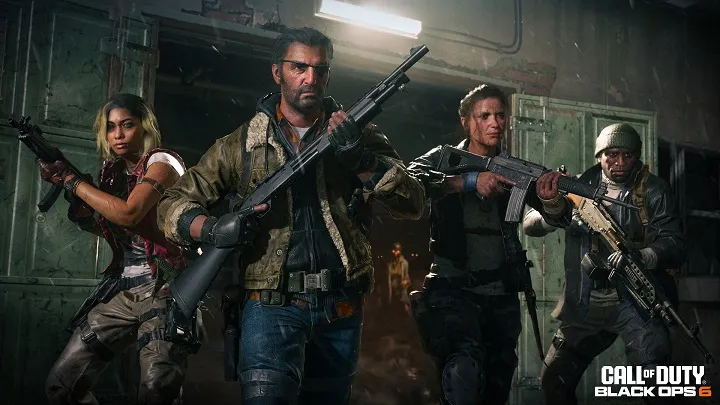
The Call of Duty community has expressed divided opinions about the choice-driven campaign.
Positive Reactions
- Enhanced replay value.
- Greater player agency.
- Fresh direction for the franchise.
Negative Reactions
- Narrative fragmentation.
- Perceived loss of cinematic intensity.
- Frustration with morally ambiguous outcomes.
This division reflects a broader debate about what Call of Duty campaigns should be: interactive blockbusters or branching narratives.
Comparison with Previous Black Ops Titles
The choice system in Black Ops 6 can be compared to earlier experiments in Black Ops 2, which introduced branching missions. However, Black Ops 6 expands this approach significantly, making choices the campaign’s defining mechanic rather than a side feature.
By comparison, Black Ops 1 and 3 offered more linear narratives that delivered powerful cinematic moments but limited replay value. Thus, Black Ops 6 represents both evolution and risk—attempting to satisfy modern players’ demand for agency while preserving the series’ cinematic roots.
Endgame Scenarios – Multiple Endings, Multiple Interpretations
The campaign culminates in multiple endings, each shaped by the player’s journey. These endings vary dramatically, from bittersweet victories to outright tragedies.
This system mirrors RPG design more than traditional Call of Duty structure. While it enriches narrative depth, it also undermines the sense of shared experience among players. Unlike previous Black Ops games where everyone discussed the same shocking finale, Black Ops 6 fragments its community into different narrative interpretations.
Conclusion
Call of Duty: Black Ops 6 takes a bold step by embracing campaign choices as a core mechanic. From subtle early decisions to dramatic endgame consequences, this system reshapes how players engage with the narrative. It adds depth, replay value, and moral ambiguity, but also fragments storytelling, divides the community, and challenges the series’ cinematic identity. Whether this experiment is remembered as a triumph or misstep depends on whether players value agency over spectacle. One thing is certain: Black Ops 6 has sparked a conversation about the future of single-player shooters that will echo far beyond this release.








